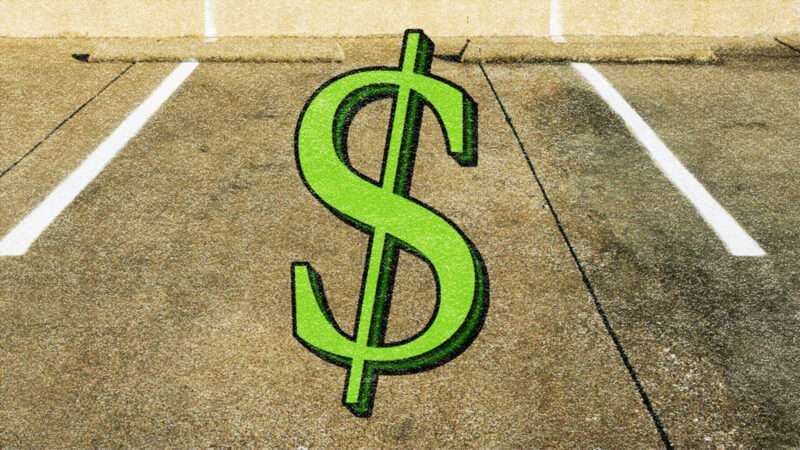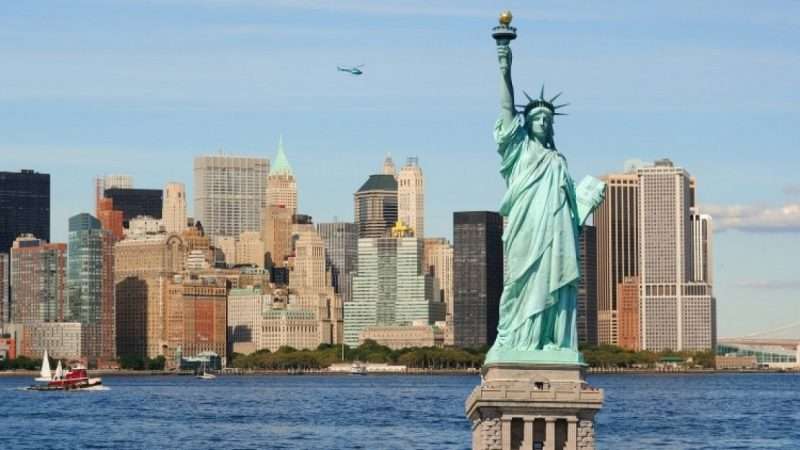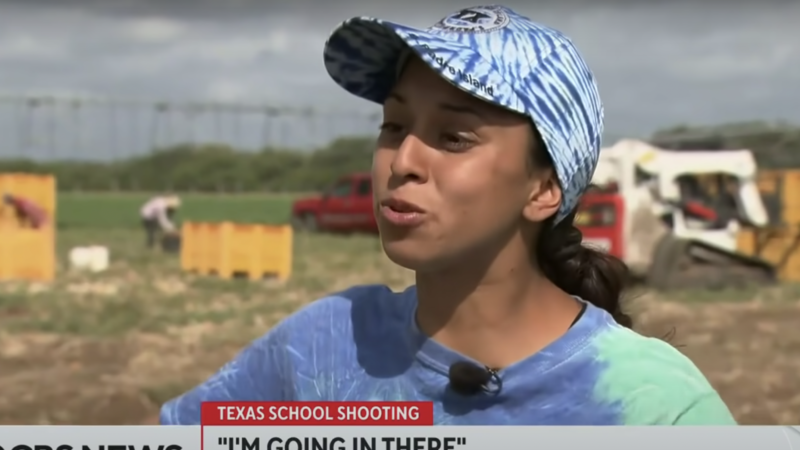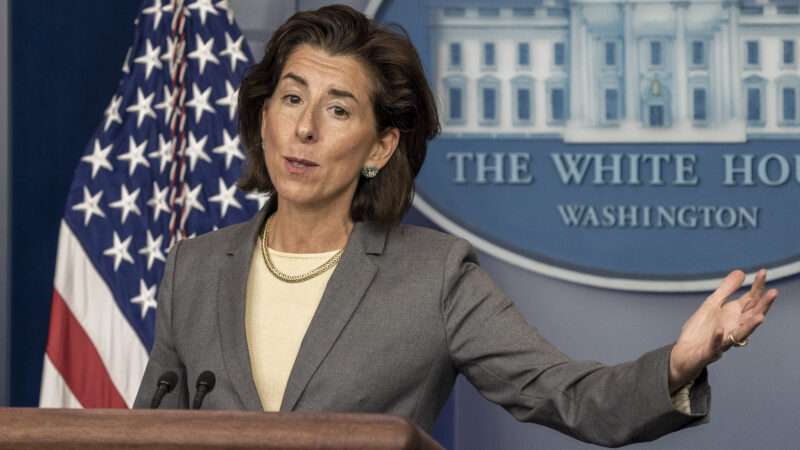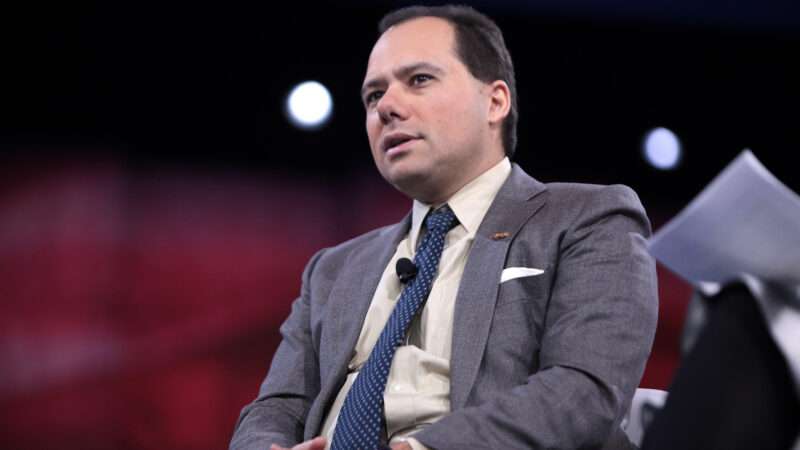
Last week, Georgetown University Law School ended its investigation of incoming Center for the Constitution Director Ilya Shapiro. Administrators concluded that they would not discipline him over a poorly-worded tweet about Supreme Court Justice Ketanji Brown Jackson’s qualifications.
But now Shapiro has decided to resign from the position. In a statement, he explained that the university’s rationale—which gave him only a “technical” victory in this matter—would further imperil his teaching and his scholarship.
“After full consideration of the report of the Office of Institutional Diversity, Equity, and Affirmative Action (‘IDEAA Report’), and upon consultation with counsel, family, and trusted advisers, it has become apparent that my remaining at Georgetown has become untenable,” he wrote. “You cleared me on a jurisdictional technicality, but the IDEAA Report—and your own statements to the Law Center community—implicitly repealed Georgetown’s vaunted Speech and Expression Policy and set me up for discipline the next time I transgress progressive orthodoxy.”
The initial source of all this trouble was the following pair of tweets:
Objectively best pick for Biden is Sri Srinivasan, who is solid prog & v smart. Even has identify politics benefit of being first Asian (Indian) American. But alas doesn’t fit into the latest intersectionality hierarchy so we’ll get lesser black woman. Thank heaven for small favors?
Because Biden said he’s only consider[ing] black women for SCOTUS, his nominee will always have an asterisk attached. Fitting that the Court takes up affirmative action next term.
Shapiro apologized for them and was right to do so, since the bad phrasing could have left readers with the false impression that he was suggesting black women would make inferior SCOTUS appointees. But clearly, he wasn’t actually saying that: He meant to convey that he believed Sri Srinivasan was the best candidate from a progressive standpoint and would not be chosen due to gender and race considerations.
“Although my tweet was inartful, as I’ve readily admitted many times, its meaning that I considered one possible candidate to be best and thus all others to be less qualified is clear,” wrote Shapiro.
After subjecting Shapiro to a lengthy investigation, Georgetown determined he would go unpunished and should begin work. But the reasoning is key: Law Dean William Treanor said that the tweets had occurred prior to Shapiro taking the job, meaning they were not “subject to discipline.” Quite obviously, this left open the door to punishment in the future, if Shapiro tweeted (or said) something that caused a similar outcry. According to Shapiro:
Regardless even of the “effect” of what I tweeted on January 26, the IDEAA Report found that “if [I] were to make another, similar or more serious remark as a Georgetown employee, a hostile environment based on race, gender, and sex likely would be created.” (emphasis added.) On this theory, all sorts of comments that someone—anyone—could find offensive would subject me to disciplinary action. This would be a huge Sword of Damocles over my head as I try to engage in my educational mission.
Shapiro’s letter notes that there is a huge double standard at play here; he provides several examples of progressive faculty members’ statements that could have provoked offense among conservative and Republican students. None of these were investigated by IDEAA.
“All of these tweets were protected under Georgetown’s free-expression policy,” noted Shapiro. “But now they would all merit at least an ‘investigation’ to determine whether they violate the IDEAA’s theory of hostile educational environment that was selectively applied in my case. Apparently it’s free speech for thee, not for me.”
Shapiro has thus resigned his position, after all.
This is a frustrating outcome and one Georgetown could have easily avoided by sticking to its own free speech commitments, which expressly permit students and faculty to engage in broad free expression without fear of sanction. On paper, that commitment is clear: “It is Georgetown University’s policy to provide all members of the University community, including faculty, students, and staff, the broadest possible latitude to speak, write, listen, challenge, and learn,” it reads. “It is not the proper role of a university to insulate individuals from ideas and opinions they find unwelcome, disagreeable, or even deeply offensive. Deliberation or debate may not be suppressed because the ideas put forth are thought by some or even by most members of the University community to be offensive, unwise, immoral, or ill conceived.”
If Shapiro is not welcome at Georgetown, then that commitment is a hollow one.
The post Ilya Shapiro Resigns From Georgetown University Law School appeared first on Reason.com.
from Latest https://ift.tt/EiOYBTd
via IFTTT
